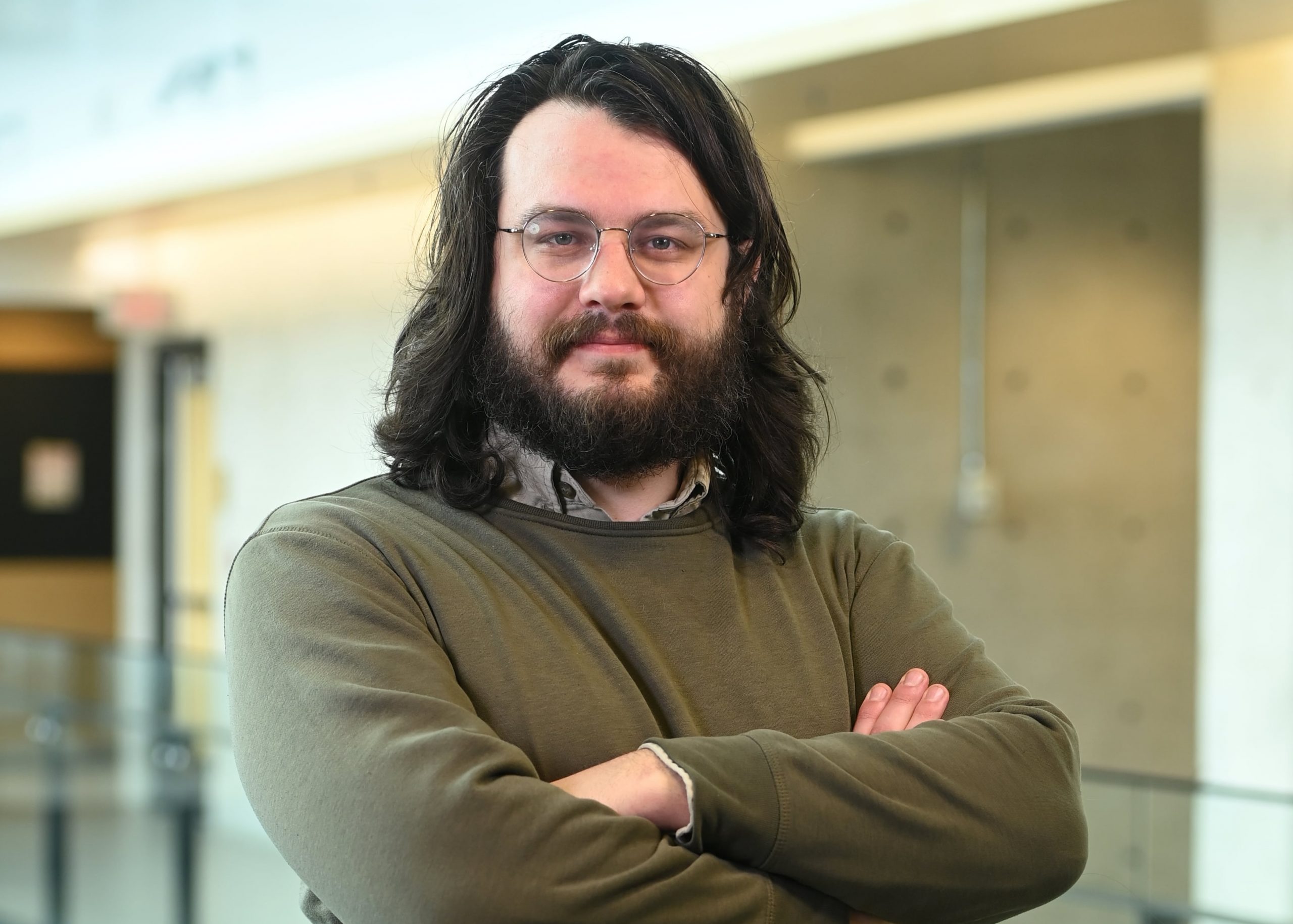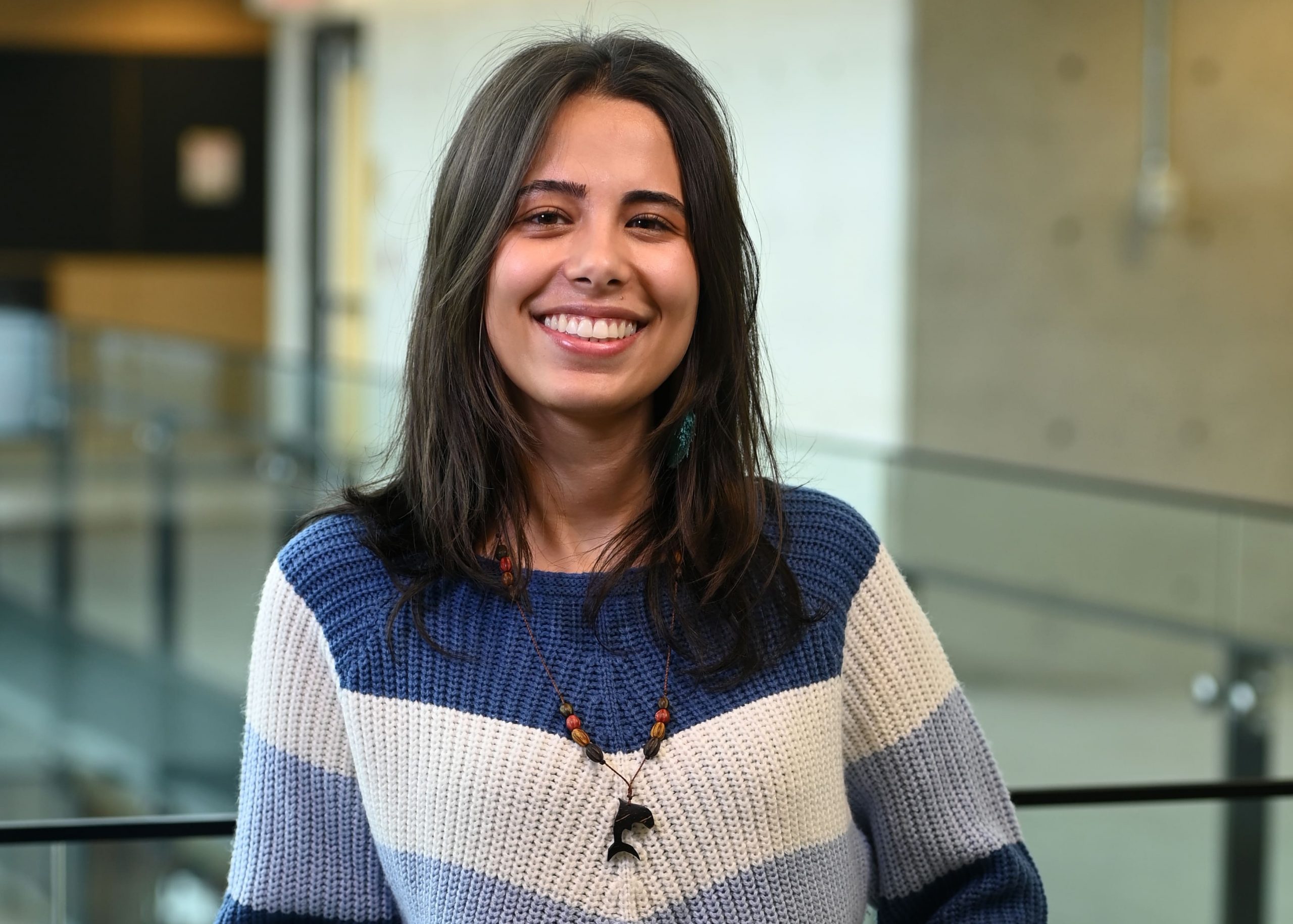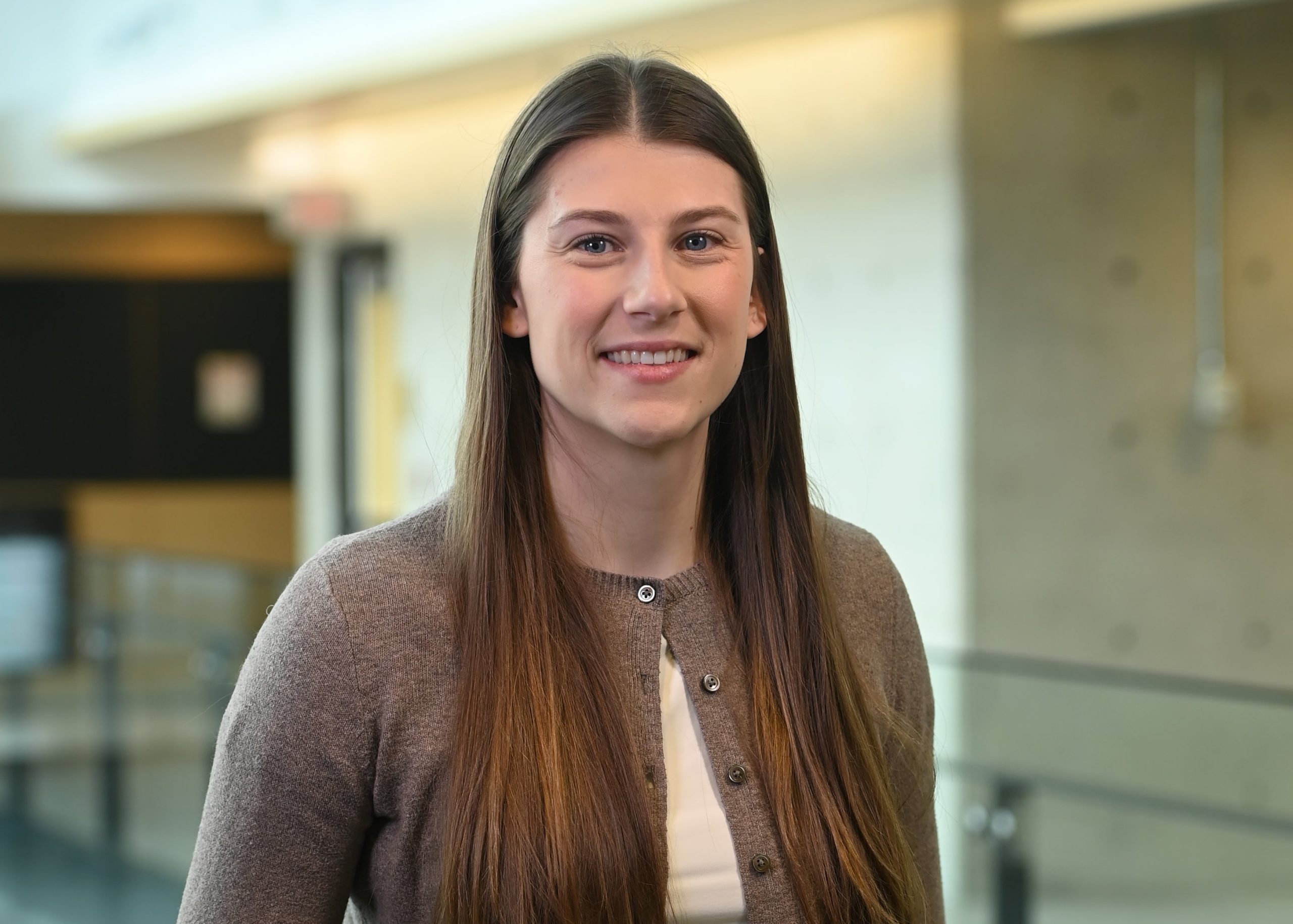
We are going to start this journey off with the top wedge of the Aquaponic Cycle, the fish.
Imagine a fish in a long, rectangular box. The box is split down the middle, separated by a wall that fits tight around the fish’s belly like a skirt. The fish’s head is in the left side of the box, its tail is in right. The fish is breathing into the left side of the box through its gills, and releases faeces and urine through its vent into the right side. My question to you is, which side gets filled with waste faster?

Illustration by Ross, based on this experiment.
As discussed in my last blog post, in aquaponics systems, the fish’s job is to eat, grow, and make waste. Many aquaponics articles will simplify the aquaponic process down to “aquaponics is growing plants with fish pee and fish poo”. This is not correct for a number of reasons, but today, we’re going to focus on the pee. A little background first.
When it comes to organs that have the job of getting things into or out of the blood stream, nature has a specific recipe. That recipe is: make a structure with maximum surface area, make it really, really, tiny, and have a ton of them. This is how the villi of your intestines work (nutrients from your food -> bloodstream), the alveoli of your lungs (oxygen in, carbon dioxide out), and the nephrons of your kidneys (waste ions or water from your blood -> urine). This recipe helps maximize diffusion, the process where molecules move from an area of high concentration to an area of low concentration. For example, high levels of carbon dioxide in your veins diffusing out of your blood into the low carbon-dioxide air in your alveoli.
The gills of fish are made with the same recipe. They are amazing structures, designed for maximum surface area, with tons of blood flow, and directly in contact with water to optimize diffusion of molecules into and out of the fish’s bloodstream. But unlike lungs, gills regularly transport more than just oxygen and carbon dioxide. Fish gills absorb all kinds of micronutrients from the water they live in and excrete other molecules too.

Electron microscope image of the micro-villi of the human digestive tract (left) vs a microscope image of the gills of a freshwater fish.
Diffusion can also cause problems for fish. For freshwater fish specifically, they have a high concentration of ions and a low concentration of water inside their bodies compared to the water they live in, so water is constantly diffusing into the fish. Fish kidneys work overtime to get this water back out of their body, meaning freshwater fish pee a lot. But the pee they create is very, very dilute. It’s mostly just water.
Protein contains a lot of nitrogen. When an animal eats protein, it gets broken down in their digestive tract and absorbed into their blood stream. Some of that protein is used to grow the animal’s body, some is used for energy. Using it for energy breaks it down further and it ends up as waste nitrogen (ammonia and urea) in the blood. For humans, that nitrogen gets filtered out by the kidneys, and leaves the body through urine. But in freshwater fish, most of that nitrogen, as high as 90%, leaves through the gills. The head side of the box would get filled with waste faster. And that nitrogen is what gets used in aquaponics to feed the plants.
So, the whole point of this blog post, when people say aquaponics is just growing plants in fish pee and fish poo, they are missing 90% of the story. Aquaponics is growing plants in fish breath, fish poo, and fish pee. Or you could say, when it comes to nitrogen, “fish pee (mostly) from their gills”.
Now that you know all about fish pee, the next blog will be all about fish going #2.











